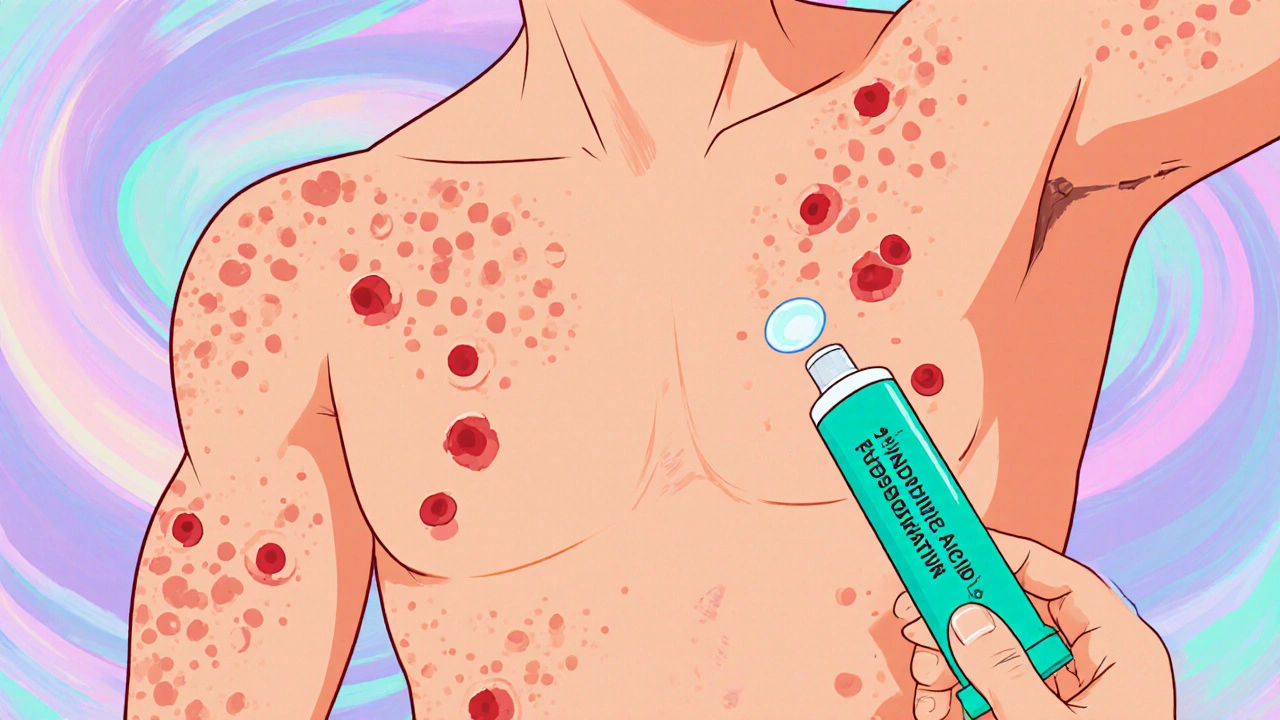Fusidic Acid: Uses, Alternatives, and What You Need to Know
When you’ve got a stubborn skin infection—especially one caused by fusidic acid, a topical antibiotic used primarily against gram-positive bacteria like Staphylococcus aureus. Also known as fusidin, it’s often prescribed when other antibiotics fail or when you need a targeted treatment without systemic side effects. Unlike oral antibiotics that flood your whole body, fusidic acid works right where it’s applied: on infected cuts, boils, impetigo, or infected eczema. It’s not a cure-all, but for certain stubborn bugs, it’s one of the few options left that still works.
It’s most commonly used against Staphylococcus aureus, a bacteria that causes skin infections ranging from minor pimples to serious abscesses, especially when the strain is resistant to common drugs like penicillin. You’ll find it in creams, ointments, and sometimes oral tablets for deeper infections. It doesn’t kill bacteria outright—it stops them from making proteins they need to grow and spread. That’s why it’s often paired with other antibiotics like rifampicin to prevent resistance. You don’t just slap it on and forget it; you need to use it exactly as directed, or the bacteria will learn to fight back.
People often ask how it stacks up against other topical treatments. Compared to mupirocin, fusidic acid is cheaper and works well for larger areas, but mupirocin is stronger against MRSA. Neomycin and bacitracin are common in over-the-counter ointments, but they’re less effective against resistant strains. Fusidic acid sits in the middle: not the first line, but often the second. It’s also one of the few antibiotics still used in eye drops for bacterial conjunctivitis, especially in kids.
Side effects are usually mild—redness, itching, or burning at the application site. But if you’re using it long-term or for recurrent infections, watch for signs it’s no longer working. That’s not just bad luck; it’s resistance building. That’s why doctors rarely prescribe it alone anymore. In the posts below, you’ll find real comparisons: how fusidic acid fares against other antibiotics for skin infections, when it’s the right pick over alternatives, and what patients actually experience when it works—or doesn’t.
Some of the treatments you’ll see covered here aren’t direct substitutes, but they’re part of the same fight: managing infections without overusing antibiotics, dealing with resistant strains, and knowing when to switch. You’ll find guides on Zithromax vs. other antibiotics, how domperidone helps with antibiotic-related nausea, and even how to safely buy generic versions of common meds online. This isn’t just about one drug—it’s about making smarter choices when your skin won’t heal, and the usual options have failed.
